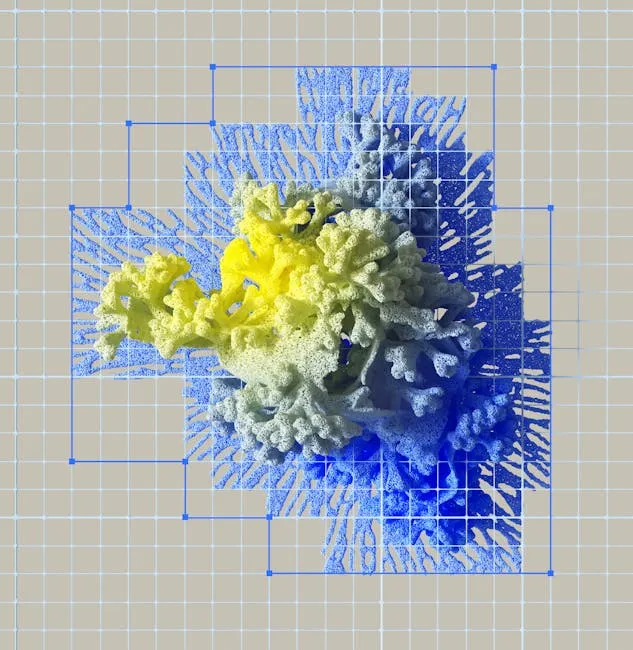Introduction
As technology continues to evolve, it brings both incredible advancements and alarming challenges. One of the latest innovations from OpenAI, the Sora app, has stirred controversy due to its potential for misuse, particularly in the realm of deepfakes. This new social application, while offering exciting features, raises important questions about the integrity of online content and the proliferation of misleading information.
What is the Sora App?
OpenAI’s Sora app is designed to harness the power of artificial intelligence to create and share content easily. Users can generate realistic images and videos using AI, which can be a fun and creative outlet. However, this capability also means that it’s alarmingly simple for anyone to create deceptive or misleading content, including deepfakes that could misrepresent individuals or events.
The Rise of Deepfakes
Deepfakes are synthetic media in which a person’s likeness is replaced with someone else’s through the power of AI. While this technology can be used for entertainment or educational purposes, it has gained notoriety for its potential to spread misinformation. The Sora app, with its user-friendly interface, opens the door for the creation of deepfakes that can be shared widely across social media platforms, exacerbating the already pressing issue of fake news.
Why This Matters
The implications of allowing users to easily create deepfakes are profound. Misinformation can sway public opinion, influence elections, and damage reputations. When deepfakes are indistinguishable from genuine content, it becomes increasingly difficult for individuals to discern what is real and what is fabricated. This not only affects individual users but also poses a threat to societal trust in media and information sources.
OpenAI’s Responsibility
As a leader in AI technology, OpenAI has a responsibility to consider the ethical implications of their innovations. The introduction of the Sora app should prompt discussions about how to mitigate risks associated with deepfakes. Implementing safeguards, such as clear labeling of AI-generated content and robust user education, is essential to curbing the spread of misleading information.
Conclusion
The Sora app exemplifies the dual-edged sword of technological advancement. While it offers exciting possibilities for content creation, it also poses substantial risks regarding misinformation and the creation of deepfakes. As users of this technology, it’s crucial to approach it with caution and awareness. The conversation surrounding AI and its impact on society must continue, ensuring that we harness its potential while safeguarding against its dangers.
